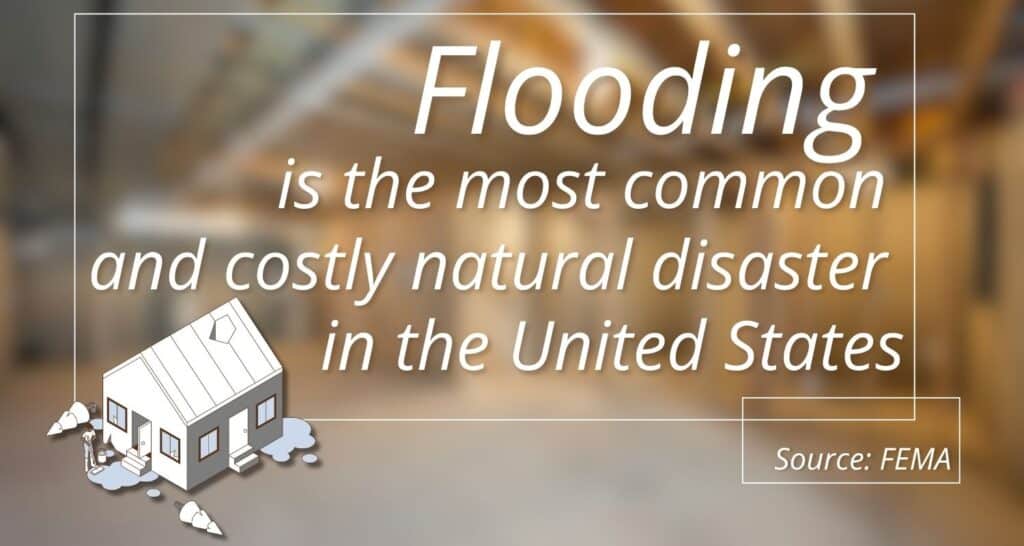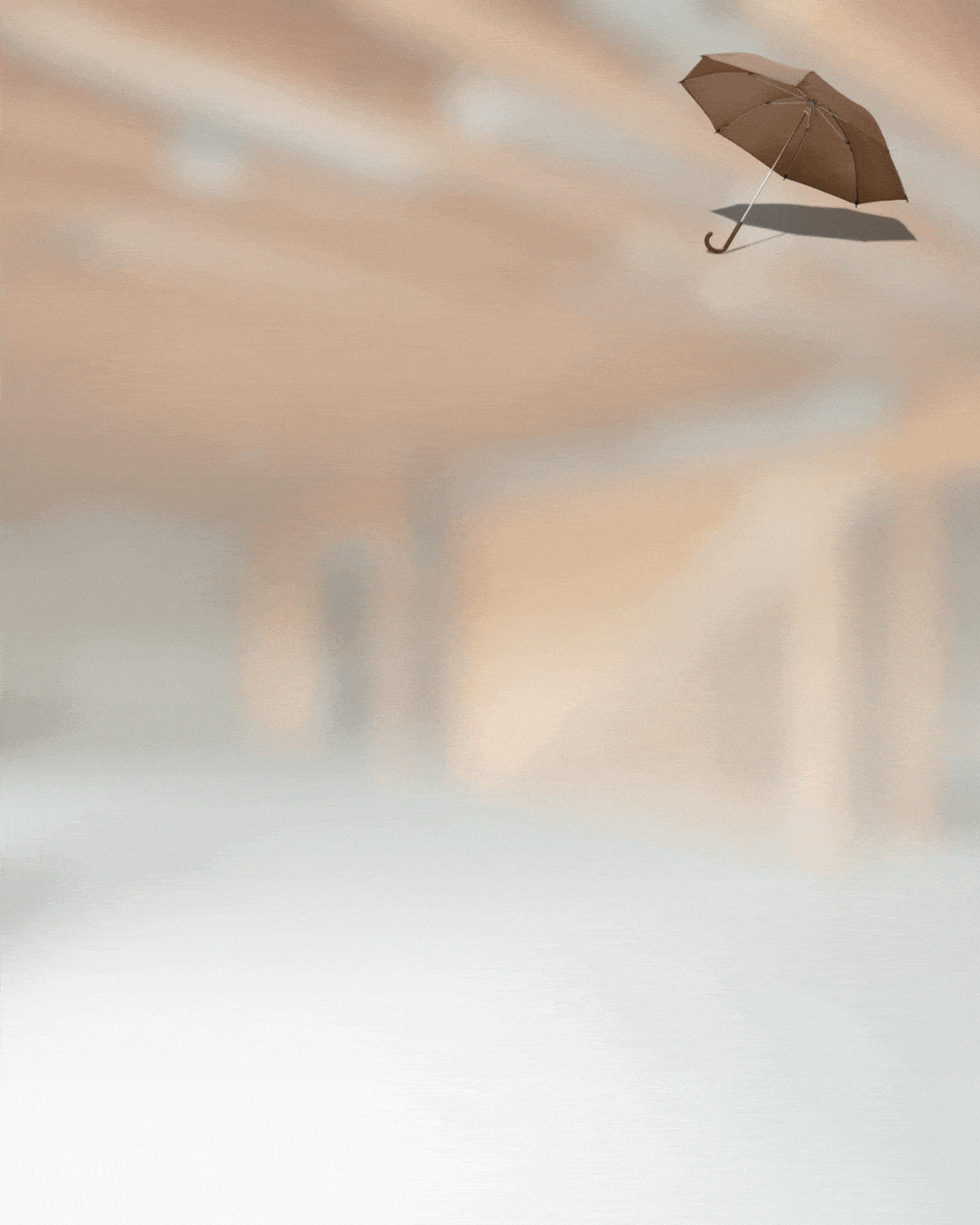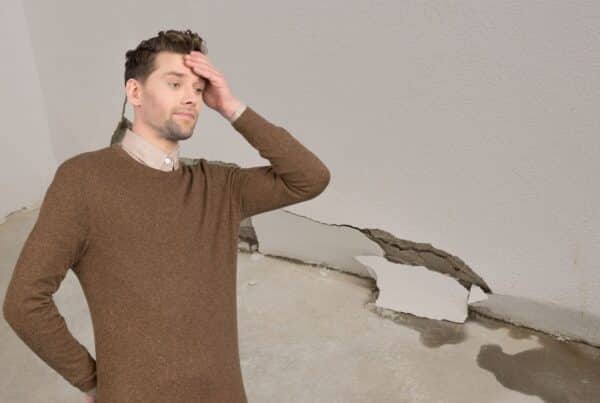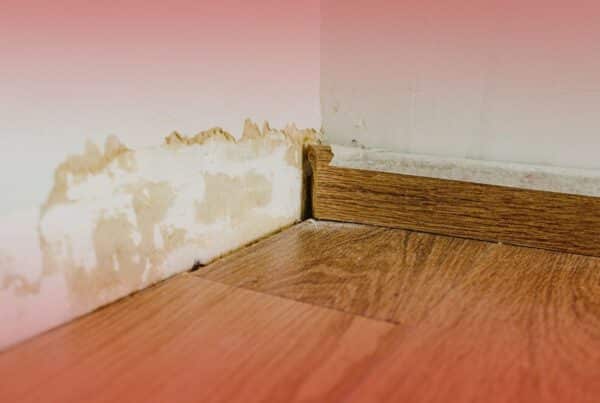If you’re considering waterproofing your basement walls from inside, or if you want to better understand how these systems work during a home inspection, this guide will help.
Basement moisture problems are one of the most common concerns for homeowners and homebuyers in Ohio. Water intrusion can damage your foundation, ruin belongings, and create an ideal environment for mold growth.
According to FEMA, just one inch of water in a basement can cause more than $25,000 in damage. That’s why interior basement waterproofing is a smart solution for many homes.
How Water Gets Into a Basement
Before diving into solutions, it’s important to understand how water enters a basement. Water can seep through:
• Cracks in foundation walls or floors
• Joints where walls meet floors
• Porous concrete or masonry walls
• Gaps around pipes or utilities
Water intrusion often happens because of poor grading, clogged gutters, or hydrostatic pressure. Hydrostatic pressure occurs when water in the soil pushes against the foundation, forcing moisture through any weak points.
The Building Science Corporation notes that even well-built basements are vulnerable to moisture if exterior drainage or grading is poor.

What Is Interior Basement Waterproofing?
Interior basement waterproofing involves managing water that enters the basement so it can be safely drained away and kept from damaging your home.
Unlike exterior waterproofing, interior systems work from inside the basement without disturbing landscaping or driveways.
Common interior waterproofing methods include:
Sealants and coatings
These are applied directly to basement walls to reduce moisture penetration. While they can help with dampness, they are not a long-term fix for active leaks.
Interior drain systems
A perimeter drain channel is installed along the inside of the basement wall. It collects water that seeps in and directs it to a sump pump system.
Sump pumps
Sump pumps collect water from the interior drain system and pump it safely away from your home’s foundation.
Vapor barriers
When applied to walls, plastic or foil sheets can reduce moisture migration into living spaces.
These systems work together to control water and protect the basement from damage.
When Is Interior Waterproofing the Right Choice?
Interior waterproofing is ideal when:
• Excavation for exterior waterproofing is not practical due to landscaping, patios, or property lines
• You are addressing minor seepage rather than major structural cracks
• You want to manage moisture and reduce humidity levels
• You are finishing the basement and want extra moisture protection
In some cases, combining interior waterproofing with exterior drainage improvements provides the best long-term results.
Common Issues
During inspections, Buckeye Basement Solutions often notes signs that interior waterproofing may be needed.
These include:
• Stains or efflorescence (white, chalky residue) on basement walls
• Mold or mildew odors
• Water pooling at the base of walls
• Peeling paint or damaged wall coverings
• Rust on appliances or structural supports in the basement
These issues not only affect property value but can also lead to health concerns. The EPA warns that mold can begin to grow within 24 to 48 hours of water intrusion.

Pro Tips for Successful Interior Waterproofing
1. Address drainage first
Before any interior work begins, check gutters, downspouts, and grading. The National Association of Home Builders points out that poor exterior drainage is a leading cause of basement water issues.
2. Choose the right materials
Use professional-grade vapor barriers, coatings, and drainage components. DIY products often fail to provide lasting results.
3. Plan for maintenance
Sump pumps need regular testing, and drains should be checked for clogs. A battery backup pump can protect against power outages during storms.
4. Watch for hidden moisture sources
Sometimes, plumbing leaks or condensation from HVAC systems contribute to basement dampness. Inspect these areas carefully.
5. Work with experienced professionals
Interior waterproofing is only as good as the installation. A professional can design a system that matches your home’s specific conditions.
When to Call a Professional
Basement moisture issues are rarely one-size-fits-all. From an inspector’s point of view, even small signs of water intrusion deserve attention because hidden damage or mold may already be present. You should consult a professional if:
• Water consistently seeps in during rain or snowmelt
• You see cracks widening over time
• The basement smells musty or feels damp
• Mold is visible on surfaces
• You are preparing to finish your basement or sell your home
For agents and buyers, addressing basement water concerns early helps avoid delays during a sale and prevents future liability. Buckeye works with homeowners, buyers, and agents to identify moisture concerns and provide solutions before they escalate.
Data shows that flooding is the most common and costly natural disaster in the United States. Even without a major flood event, basement moisture can lead to thousands of dollars in damage and health risks.
Conclusion
Waterproofing basement walls from the inside is a practical solution for managing moisture and protecting your home’s value. The right system, installed by professionals, helps keep your basement dry and safe for years to come.
If you are seeing signs of water intrusion or want to get ahead of basement and foundation issues, Buckeye Basement Solutions can help you find the best approach for your home.



